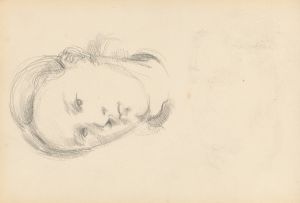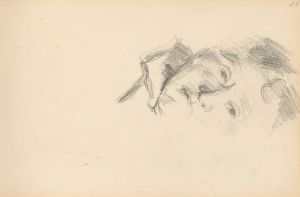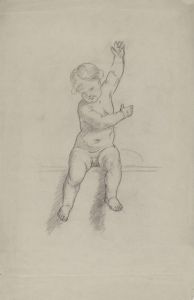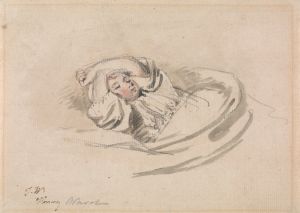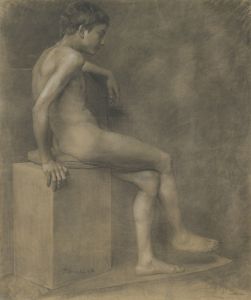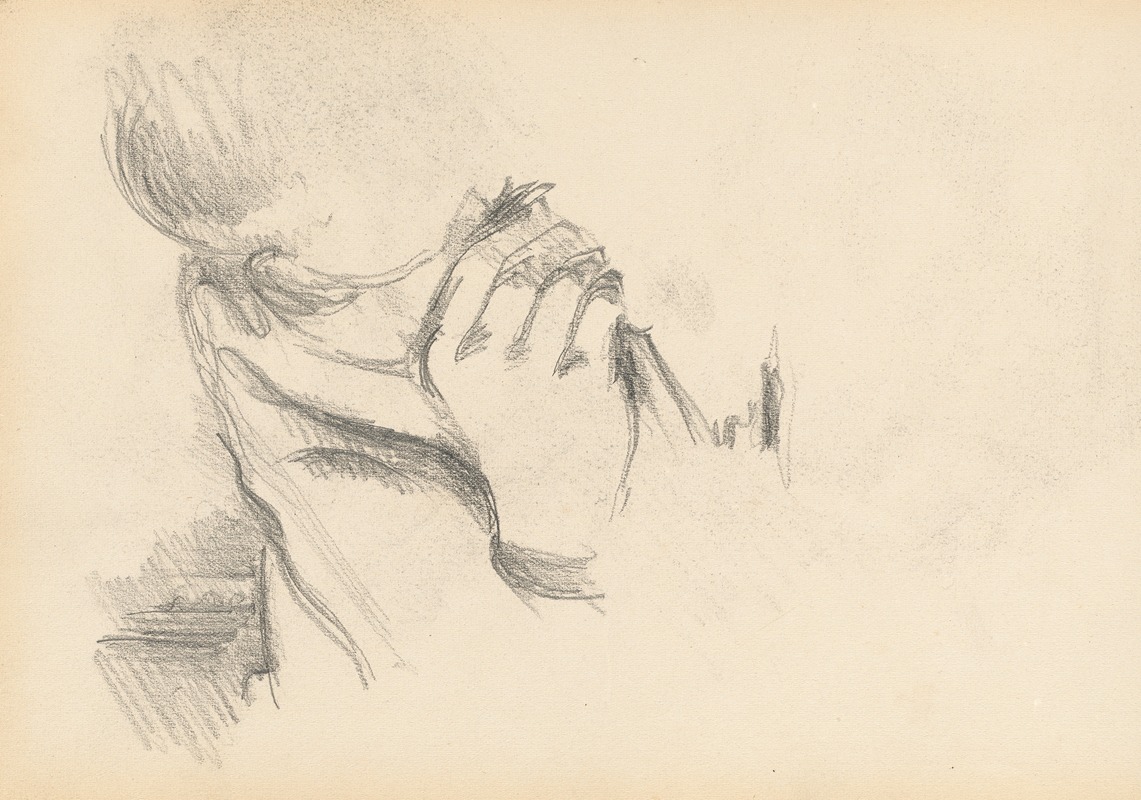
Hand and Shoulder of a Boy
A hand-painted replica of Paul Cézanne’s masterpiece Hand and Shoulder of a Boy, meticulously crafted by professional artists to capture the true essence of the original. Each piece is created with museum-quality canvas and rare mineral pigments, carefully painted by experienced artists with delicate brushstrokes and rich, layered colors to perfectly recreate the texture of the original artwork. Unlike machine-printed reproductions, this hand-painted version brings the painting to life, infused with the artist’s emotions and skill in every stroke. Whether for personal collection or home decoration, it instantly elevates the artistic atmosphere of any space.
Paul Cézanne, a pivotal figure in the transition from 19th-century Impressionism to 20th-century Cubism, is renowned for his unique approach to form and color. One of his lesser-known works, "Hand and Shoulder of a Boy," exemplifies his innovative techniques and his focus on the human figure, albeit in a fragmentary manner.
"Hand and Shoulder of a Boy" is a study that reflects Cézanne's interest in capturing the essence of his subjects through a meticulous exploration of shapes and colors. Although not as famous as some of his other works, this piece provides insight into his artistic process and his dedication to understanding the complexities of human anatomy and form.
Cézanne's approach to painting was methodical and deliberate. He often worked slowly, building up layers of paint to create depth and dimension. In "Hand and Shoulder of a Boy," this technique is evident in the way he renders the boy's form. The painting focuses on a close-up view, emphasizing the boy's hand and shoulder, which are depicted with a sense of solidity and weight. This focus on a specific part of the body allows Cézanne to explore the interplay of light and shadow, as well as the subtle variations in color that define the contours of the human form.
The composition of "Hand and Shoulder of a Boy" is characterized by its simplicity and restraint. Cézanne's use of color is both bold and nuanced, with a palette that includes earthy tones and muted hues. This choice of colors contributes to the overall mood of the painting, which is both introspective and serene. The brushwork is confident yet controlled, with each stroke contributing to the overall structure and harmony of the piece.
Cézanne's influence on modern art cannot be overstated. His exploration of geometric simplification and optical phenomena laid the groundwork for the development of Cubism and abstract art. "Hand and Shoulder of a Boy," while not as widely recognized as some of his other works, is a testament to his enduring legacy and his ability to capture the complexity of human emotion and form through his innovative techniques.
The painting also reflects Cézanne's broader interest in the human figure, a subject he returned to repeatedly throughout his career. His studies of figures, whether in portraits or more fragmented compositions like this one, reveal his fascination with the human body as a vehicle for exploring broader artistic themes. Through works like "Hand and Shoulder of a Boy," Cézanne challenged traditional representations of the human form, paving the way for future generations of artists to experiment with new styles and techniques.
In summary, "Hand and Shoulder of a Boy" by Paul Cézanne is a compelling example of the artist's approach to capturing the human form. Through his innovative use of color, composition, and brushwork, Cézanne offers a glimpse into his artistic process and his enduring influence on the trajectory of modern art.









